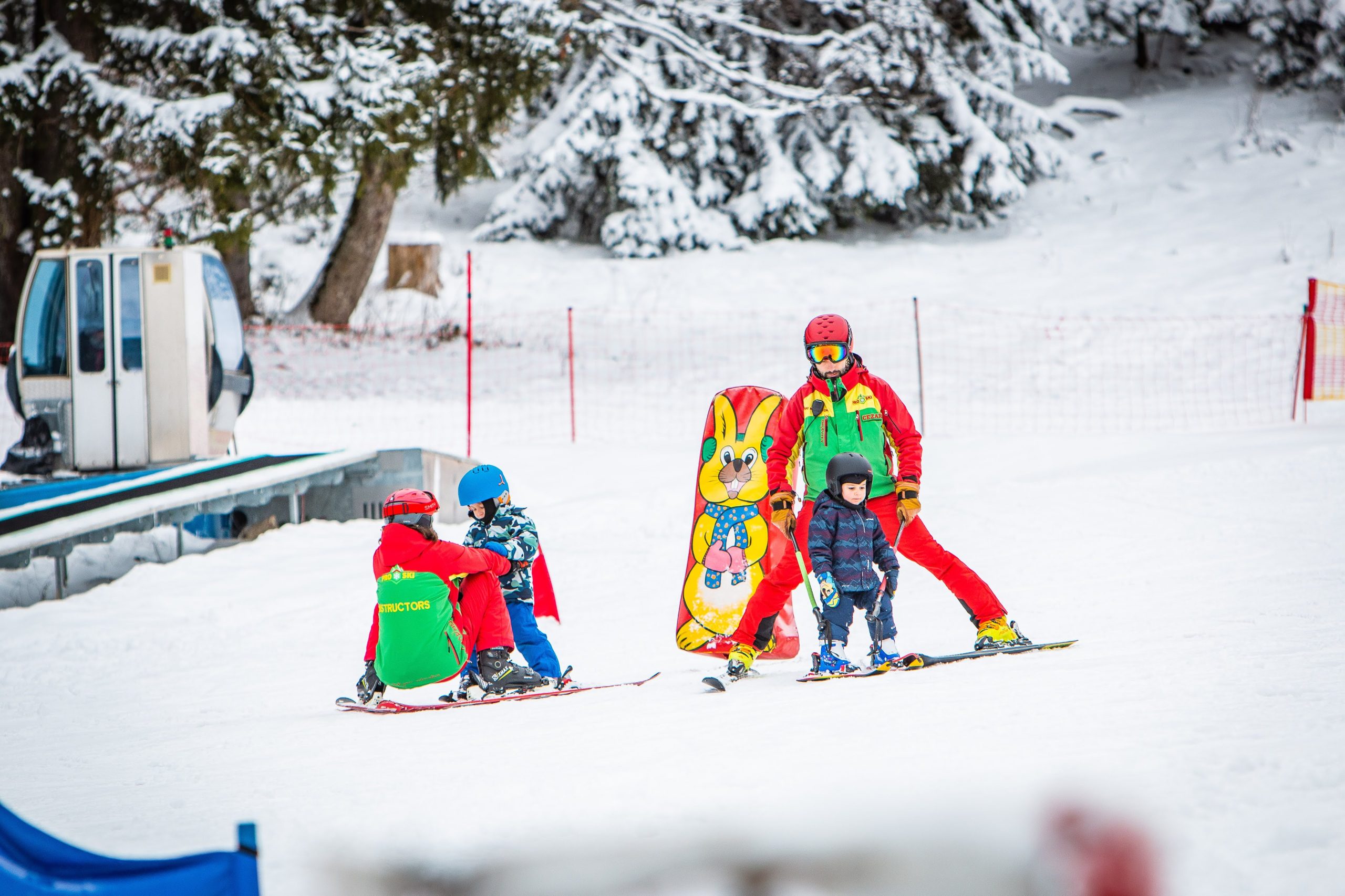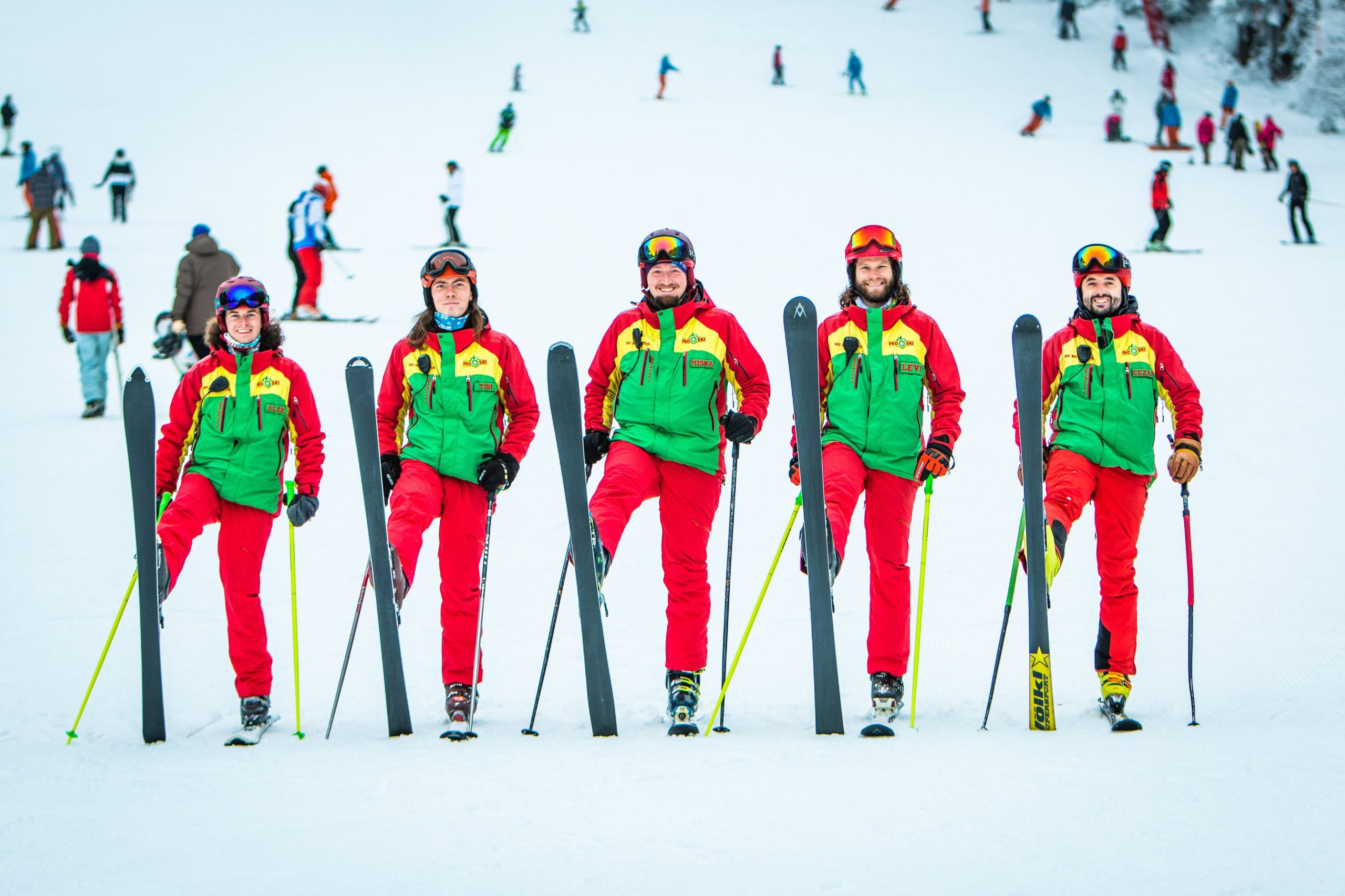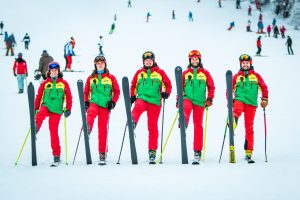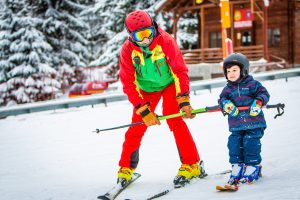Most likely, Poiana Brasov has the most ski rentals in Romania.
There’s not a lot of recommendation around the gear for the first lesson. It’s really important they work, and usually people at the rentals know their stuff and the questions to ask you to give you the right gear.
We can recommend the rental we go to, even if we don’t get a commission or stuff like that. They don’t even have a website, but this helps them have the lowest prices and you just get out of it on the slope. It’s called Bradul Ski Land and it’s an unpretentious place that has everything you need.
Claudiu, the worker there, is the nicest person in the world, as long as you’re not late for drop-off.
On the opposite side, the best quality gear you’re going to find is at the other side of the resort, at InterSki, where everything tends to perfection, where the prices are the highest and the skis are new every season. Another decent rental is the one that’s in the Gondola building, and it’s always surprisingly empty.




